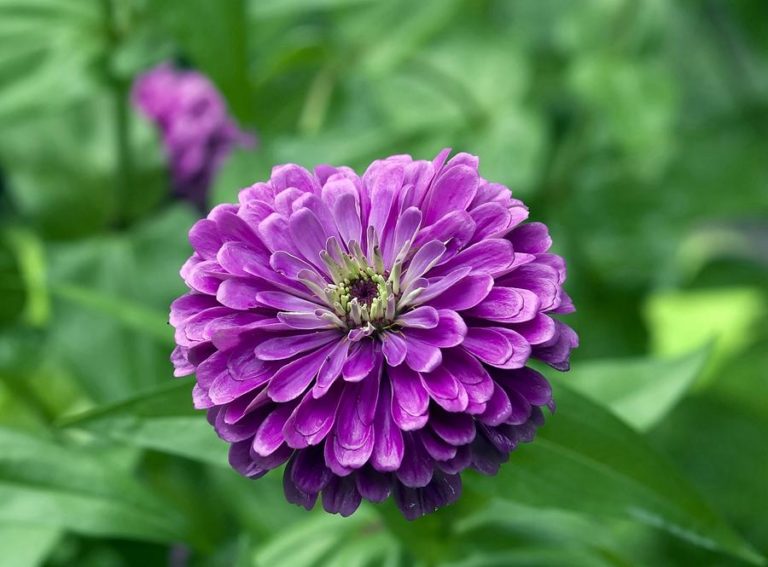Here is how I design my large succulent garden beds and keep them thriving for many years. Succulents are a dream for gardeners seeking beauty with minimal upkeep.
Designing Large Succulent Garden Beds
Succulents’ resilience, diversity, and striking forms make them perfect for creating dramatic landscape features.
Designing a large succulent garden bed gives you the chance to showcase a variety of colors, shapes, and heights, all while keeping maintenance low.
Whether you’re transforming a front yard, side lot, or a large backyard corner, this guide will help you plan, build, and maintain a thriving succulent bed.
1. Assessing the Space
Before I plant a single succulent, I take time to evaluate my space:
Measure the Area: Use a measuring tape or an app to determine the length, width, and general shape. Document elevation changes, slopes, or irregularities in the terrain.
Sunlight Patterns: Observe how the sunlight moves across the day. Most succulents prefer full sun (at least 6 hours daily), but some varieties benefit from partial shade, especially in hot climates. Note that shaded areas are caused by buildings or trees.
Drainage: After a rain, observe how water moves and where it pools. Succulents are highly susceptible to root rot, so excellent drainage is critical.
A simple drainage test: dig a hole about 12 inches deep and fill it with water. If it hasn’t drained within 30 minutes, you’ll need to improve your soil structure.
Wind Exposure: Strong winds can desiccate or damage delicate succulent leaves. If your site is windy, consider planting wind-resistant varieties or installing windbreaks like trellises, hedges, or fencing.
Existing Features: Take inventory of natural and built elements in the area, such as trees, large rocks, walls, and irrigation lines. These will affect microclimates, root competition, and design choices.
2. Planning the Layout
Creating a cohesive design will make my garden feel intentional and visually appealing:
Shape and Size: Define the shape based on your available space and preferences. Geometric shapes (like rectangles or circles) lend themselves to formal styles while curving, organic shapes suit a more naturalistic look.
Focal Points: Choose eye-catching elements to draw attention—large succulents like Agave americana, structural pieces like a weathered log or boulder, or even a sculpture or pot. Place these off-center or at intersecting lines of sight.
Tiers and Layers: Build dimension by creating varying levels with mounded soil or terraces. Taller plants like Aloe or Euphorbia should go in the back or center (depending on the view angle), with mid-sized and ground-cover succulents radiating outward.
Color and Texture Flow: Design with complementary and contrasting colors to lead the eye across the space. Mix fleshy textures (like Kalanchoe) with spiky forms (like Yucca) to add interest.
Groupings and Repetition: Cluster succulents in odd numbers and repeat colors or species at intervals to create unity. Leave room for growth and airflow between clusters.
3. Preparing the Soil
Well-draining soil is the single most important requirement for a successful succulent bed:
Check Existing Soil: Use a soil test kit or consult a local nursery to determine the texture and pH. Succulents prefer slightly acidic to neutral soil (pH 6.0 to 7.0).
Amend for Drainage:
- Combine 1 part native soil, 1 part coarse sand (not beach sand), and 1 part perlite or pumice.
- Avoid using peat moss, which retains too much water.
- In clay soils, double the sand and pumice to break up density.
Raised Beds: Elevating the bed 6–10 inches above ground level helps water run off more efficiently, especially in wetter climates. Frame your bed with wood, stone, or bricks.
Edging: Keeps soil and gravel contained and separates the bed from lawns or paths. It also provides a finished look.
Weed Control: Before planting, remove all weeds and consider laying down a breathable landscape fabric beneath the soil and mulch layer to reduce future weeding.
4. Selecting Succulents
Choosing the right succulents involves balancing aesthetics with climate compatibility.
By Growth Habit:
Rosettes: Compact and tidy, perfect for borders and symmetry. Examples: Echeveria, Aeonium, Sempervivum.
Spiky and Architectural: Adds vertical interest. Examples: Agave, Yucca, Aloe.
Trailing and Sprawling: Great for edges or spilling over rocks. Examples: Sedum, Senecio, Crassula muscosa.
Upright and Columnar: Provide height and dramatic effect. Examples: Euphorbia, Cereus, Opuntia.
By Color:
Cool tones: Blues and greens promote a calming effect.
Warm tones: Purples, reds, and oranges draw attention and add warmth.
Variegated types: Add pattern and contrast. These often need more shade to avoid sunburn.
By Hardiness:
Cold-Hardy Succulents: Sempervivum, Sedum, and Opuntia humifusa can survive snow and frost.
Heat-Tolerant Succulents: Agave, Aloe, and most desert cacti thrive in extreme heat and low humidity.
Research your USDA zone and check plant tags or nursery guides for temperature tolerance before selecting species.
5. Planting Your Succulent Bed
Proper planting ensures my succulents establish quickly and remain healthy:
Spacing: Provide at least 6–12 inches between plants to accommodate growth and reduce fungal issues from overcrowding.
Planting Technique:
- Dig a hole slightly larger than the root ball.
- Loosen the roots gently before placing the plant.
- Backfill with amended soil and press lightly.
- For cuttings, let them callous over (dry out) for 2–3 days before planting.
Watering After Planting: Mist or lightly water after planting, then allow the soil to dry completely before the next watering. This encourages root establishment without risking rot.
Grouping by Needs: Place succulents with similar light and water needs together to simplify maintenance.
6. Finishing Touches
Adding detail and structure helps unify the space:
Top Dressing: Apply gravel, decomposed granite, or small pebbles over the soil. This reduces weed growth, retains heat, and prevents soil splash.
Paths and Hardscape: Include stepping stones, paver paths, or decomposed granite trails to access or divide large beds. Boulders or driftwood can act as sculptural elements.
Decorative Elements: Use pottery, lanterns, or garden sculptures for extra flair. These help personalize your space.
Plant Labels: Durable, weather-resistant tags help track rare or experimental plants, and are especially helpful in large or educational gardens.
7. Ongoing Maintenance
Though succulents are low-maintenance, regular care keeps my garden healthy:
Watering
Water deeply but infrequently. Aim for once every 7–10 days in summer and once every 2–3 weeks in fall or winter. Adjust based on rainfall, plant size, and soil type.
Fertilizing
Use a diluted low-nitrogen fertilizer in early spring and again in late summer. Avoid fertilizing during winter dormancy.
Pest Management
Look out for aphids, scale, mealybugs, and fungal gnats. Treat with neem oil, insecticidal soap, or rubbing alcohol (for mealybugs).
Winter Protection
In cold zones, cover beds with frost cloth or row covers during freezes. Move potted succulents indoors or under shelter.
Seasonal Tasks
Remove dried leaves and flowers to prevent rot and attract beneficial insects. Rejuvenate overgrown areas by dividing, pruning, or replanting pups.
8. Inspiration and Ideas
When I need creative direction, I explore these garden design themes to get ideas that I can implement to some degree in my garden.
Desert Vibe: Combine golden barrel cactus, agave, ocotillo, and lava rock for a sunbaked Southwest look.
Mediterranean Style: Blend olive trees, lavender, rosemary, and blue-toned succulents like Senecio mandraliscae.
Modern Minimalist: Use repeating forms like columnar cacti in geometric beds, gravel mulch, and a limited color palette.
Wild & Lush: Fill the bed with a dense variety of textures, heights, and overflowing plants like Graptopetalum, trailing Sedum, and flowering Kalanchoe.
Final Thoughts
I love a large succulent garden bed because it is more than just a landscaping project. To me, it’s a living work of art that evolves over time.
Whether you lean toward formal design or wild, natural beauty, succulents provide a versatile and resilient foundation for your creative expression.
If you love growing plants and flowers subscribe to my newsletter to receive the latest posts. Also, I would really appreciate it if you could save the pin below. Thanks!








